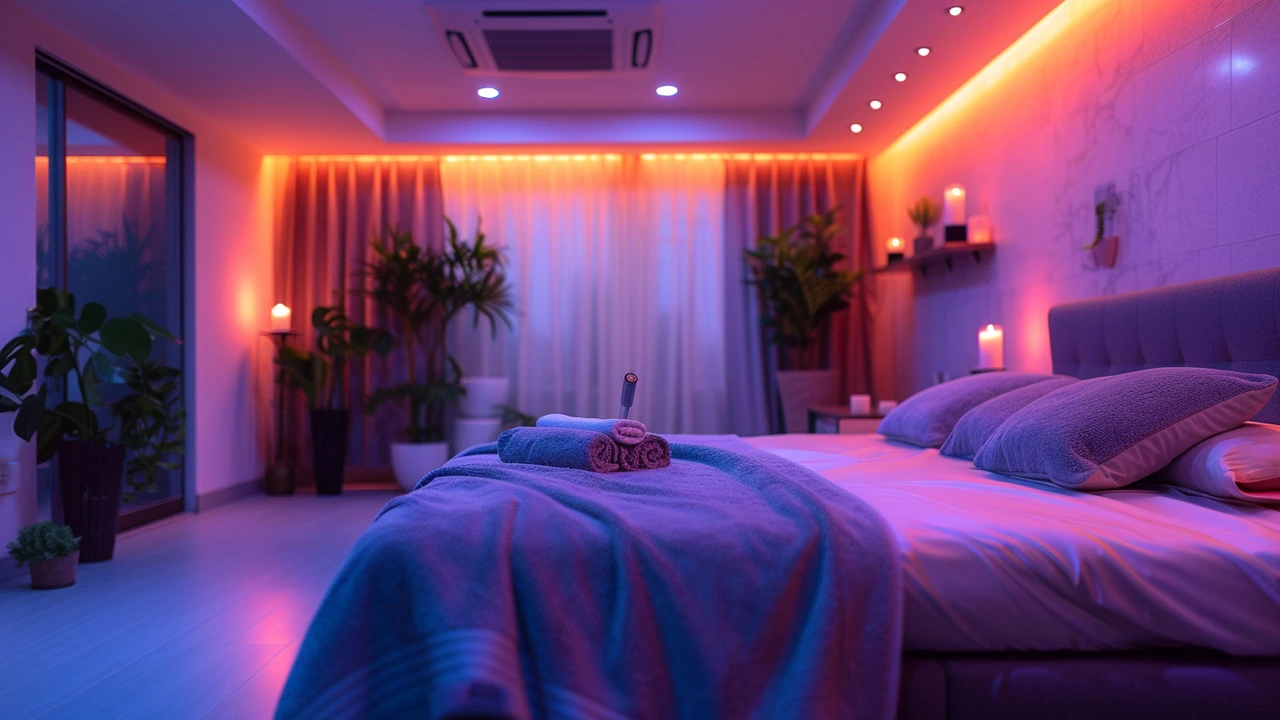Relaxation Strategies for Dogs and Owners
Stress shows up in subtle ways: a restless dog, a distracted owner, tight shoulders after a long day. The good news? Small, repeatable strategies work better than one-off fixes. Below are short, practical tools you can use today to reduce tension for both you and your dog.
Start with a five-minute ritual. Put your phone away. Sit or kneel where your dog feels safe. Use slow, steady breathing—inhale for four counts, exhale for six. That simple shift calms your nervous system and the rhythm helps your dog relax too. Repeat for three to five breaths before you touch your dog.
Canine massage basics: long, gentle strokes along the neck, shoulders and back mimic a calming touch. Use light pressure and move in the direction of the hair. Watch your dog’s body: relaxed jaw, soft eyes and a wag that isn’t tense are signs you’re on the right track. Start with two to three minutes; build to 10–15 minutes over several sessions. If your dog flinches or pulls away, stop and try shorter, gentler touches next time.
Quick daily routine (5–10 minutes)
Do this every morning or evening to lower daily stress. Step 1: 1 minute of deep breathing for you. Step 2: 2–3 minutes of focused petting or slow stroking for your dog. Step 3: a short calming cue—low voice, same phrase each time (for example, "easy now"). Step 4: a tiny reward or quiet time with a chew toy. Consistency trains both of you to cue calm quickly.
Tools that help: soft instrumental music, a low-light corner, or a familiar blanket. Biofeedback gadgets and simple heart-rate apps can show your breathing and heart rhythm in real time. Use them for a week to see if your breathing pace or resting heart rate improves; these devices give clear, measurable feedback that motivates change.
Practical do’s and don’ts
Do keep essential oils out of reach and use any aromatherapy cautiously. Diffuse a tiny amount of lavender for short bursts, but never apply oils to your dog’s skin and avoid closed rooms. Do talk to your vet before adding supplements like omega-3s or magnesium—these can support calm but need proper dosing. Do consult a certified canine massage therapist or vet if your dog has chronic pain, fear issues, or changes in behavior.
If you feel stuck, try swapping one habit: replace 10 minutes of screen time with this routine for a week. Track your dog’s response—sleeping more, less pacing, easier handling—and your own mood or sleep quality. Small changes add up fast. These approachable strategies give you simple, repeatable ways to lower stress and build a calmer home for both you and your dog.

Fire Massage: Ignite Your Path to Relaxation
Hello, lovely people! Today, I want to share with you something that has truly ignited my path to relaxation - fire massage. This holistic therapy has been a game changer in my wellness journey. Through this blog post, we will explore the incredible benefits of this ancient practice and how it can promote deep relaxation and vitality. Come on this journey with me, and let's turn up the heat on our self-care rituals!

Health Juice: A Fountain of Youth in a Glass
Sep, 14 2023

Discovering Hakali: A Traveler's Hidden Gem
Feb, 28 2025


